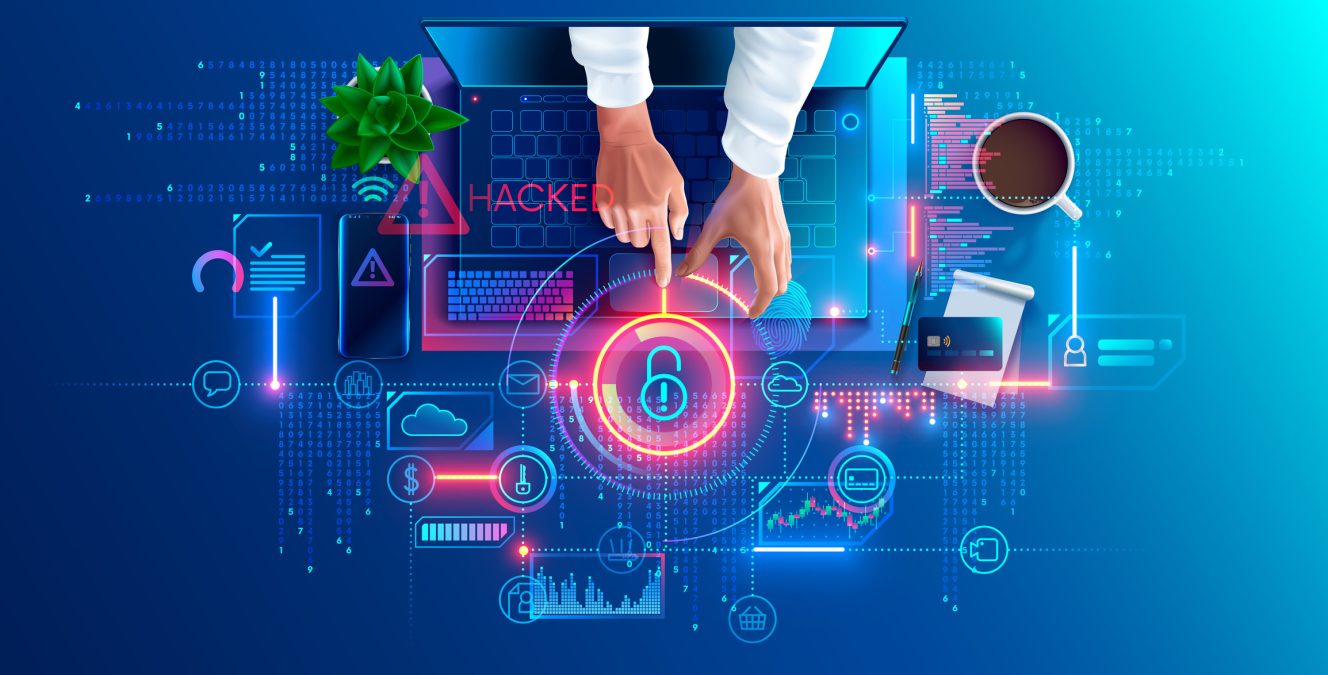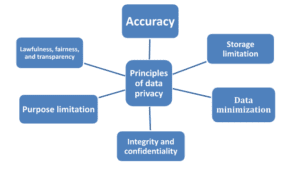The cloud is a network of remote servers spread across the internet, enabling efficient data handling, storage, and processing.
Cloud security is a big topic in computer science. It includes many ways to keep your important data safe from people who shouldn’t have access to it. These measures help prevent data breaches and attacks aimed explicitly at stealing your cloud-based information.

Businesses and individuals increasingly rely on cloud services for their data storage and operations. Therefore, robust security measures have become crucial to safeguard sensitive information and maintain the trust of users.
Cloud security involves various skills of technical control that will help you to tackle and store your data safely. Some of these measures are mentioned below:-
Encryption
Authentication
Vulnerability
Network security
Malware control
There are several potential risks involved when it comes to your data. Many companies, students and organisations generate a large amount of data. That data needs to be safely stored, and cloud security ensures that your data is kept as personal as possible.
Protecting Your Data in the Cloud: 5 Key Tips for Effective Security
Why would you want someone else to see what’s inside your system and the information it stores? Hackers can invade at any time and find important and valuable data, such as your bank details, your company’s secret files, and confidential information. Here are some well-known tips to follow to ensure your data is safe in the cloud.
Keep a Strong Password
Passwords are like the key that unlocks all your online accounts. When you create a password, websites often tell you if it’s weak, good, or strong. It’s essential to know that weak passwords make it easier for unauthorised people to get into your cloud and see your important information. That’s why it’s vital to make strong passwords a priority and take them seriously.
Use Two Factor Authentication
It’s strongly advised to activate two-factor authentication for your accounts. This extra security layer ensures that even if someone gets your password and accesses your cloud without permission. By using two-factor authentication, you greatly boost the security of your accounts and reinforce your protection against threats.
Separate your Sensitive Data
Make sure to keep your sensitive data separate from your general information. Create a special place to store your legal and private data that doesn’t sync with other accounts. This helps you easily find and access your information while also improving security. Think of it as having a secret hideout that only you know about, providing an extra level of protection for your sensitive data and reducing the chances of unauthorised access to important information.
Encrypt your Data
Keeping your information secure and private is really important. One way to do that is by encrypting your data. This means turning it into a secret code that can’t be understood by people who shouldn’t see it. To do this, you use a special algorithm and a secret key. When your data is encrypted, it looks like a bunch of random letters and numbers to anyone who doesn’t have the key to unlock it. Encrypting your data adds another layer of protection, making it harder for others to access or steal your information.
Keep Checking your Cloud
Keeping things unchecked and non-updated can cause progressive damage. If a file or any kind of data is left idle for a long time, then it will be hard for you to track down any virus, trojan or malware that might have corrupted it. Therefore, ensure you keep your accounts in check.
Cloud Technology and the Future of Tech Learning
Based on the above information, it is evident that having a proficient understanding of data protection and cloud security is crucial. Everyone has the right to privacy, both in personal and professional aspects of life. Therefore, gaining exposure to the domain of cybersecurity is necessary.
Whether you are a business owner or a student, regardless of your current position, it is essential to educate yourself about data security in cloud computing. By doing so, you can ensure the safety of your sensitive information and contribute to a more secure digital environment.
Get an opportunity to learn and gather all the required skills and experience in Cloud and Cyber Security. Introducing you to an online professional learning platform, Imarticus Learning, that brings high-quality, technology-driven learning courses from premier universities and institutions worldwide. Enroll today for the postgraduate program in cybersecurity.






